Archive for 2012
Wednesday, April 18th, 2012
It is common for patients to wonder about the state of their receded hairline and the ability to restore it to its original place. Modern, high-quality hair restoration allows us to restore patient’s hairlines, but while always keeping the final results in mind.
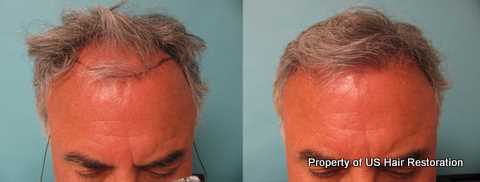
When re-designing a hairline which has receded, the expectations of the patient are weighed with the reality of how the overall transplantation procedure will look with the new hairline. Not every patient has the same expectations and donor density. Some expectations are frankly unrealistic. Every individual hair restoration needs are unique to that person, and is up to the hair transplant surgeon to determine the number of grafts needed for a fuller look.
It is our desire to see all hair transplantation patients be happy with their results and we recommend always finding a quality hair loss doctor who can meet those needs. At US Hair Restoration we have several offices throughout California in Los Angeles, Beverly Hills, Orange County, San Diego, Bakersfield, and San Francisco and also provide a virtual consultation option.
Tags: receding hair lines
Posted in after hair transplant, hair transplant, hair transplant repair | No Comments »
Tuesday, April 3rd, 2012
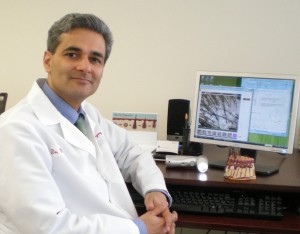 Last season saw the launch of a series of webinars meant to educate those interested in the science and art of hair restoration, as well as personally connect with Dr. Mohebi. Since the demands of everyday life make personal connections limited, Dr. Mohebi felt a webinar would be a great place to connect and answer any questions that patients may have which are difficult to find accurate answers to. Last season saw the launch of a series of webinars meant to educate those interested in the science and art of hair restoration, as well as personally connect with Dr. Mohebi. Since the demands of everyday life make personal connections limited, Dr. Mohebi felt a webinar would be a great place to connect and answer any questions that patients may have which are difficult to find accurate answers to.
The previous webinar tackled three common subjects which we are constantly being asked about. “Hair Loss Psychology” was the first to be discussed and Dr. Mohebi explained the strain many feel as a result of their appearance not being as youthful as it once was. This reality is hard to accept for many and Dr. Mohebi explained the different options available.
The second topic discussed was “Hair Transplant: How Does It Work”. This segment explained the different facets of a hair transplant procedure and what is to be expected before, during, and after the surgery.
The final topic was entitled “The Latest Technology In Hair Transplantation” where updated information in the world of hair restoration was discussed. New products such as the laxometer, and current surgical methods were discussed.
The upcoming webinar is on Tuesday April 10th at 6PM, Dr. Mohebi will discuss 3 popular hair restoration topics. There will be a time for Q & A as well as incentives given for joining. If you would like to be a part of US Hair Restorations next webinar send an email to webinar@ushairrestoration.com.
Tags: April 2012, Webinar
Posted in Parsa Mohebi MD, US Hair Restoration, Webinar | No Comments »
Friday, March 16th, 2012
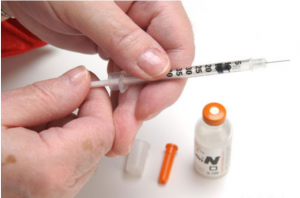 Diabetes is a common disease that has fallen upon many Americans. Often times people suffering from Diabetes will come to US Hair Restoration wondering whether they qualify for a hair transplant procedure. The question we often ask our patients is how well their diabetes is maintained. Diabetes is a common disease that has fallen upon many Americans. Often times people suffering from Diabetes will come to US Hair Restoration wondering whether they qualify for a hair transplant procedure. The question we often ask our patients is how well their diabetes is maintained.
Patients who have diabetes are able to have successful hair restoration procedures as long as the condition is under control. For many years Diabetes was a disorder that lowered a person’s life expectancy, and because of the risk of wound complications and infections, elective surgeries were limited. With modern medical science and updated methods for controlling diabetes, patients can safely have their transplantation procedures and other elective procedures without a major risk of infection or complication’s during the healing phase.
The protocol Dr. Mohebi has established here at US Hair Restoration requires there to be a clearance from the patient’s regular physician who monitors their diabetes more closely. When the blood glucose range is at a normal level and there is managable control over the diabetes, then a hair restoration is a viable option.
Tags: Diabetes
Posted in hair loss complications, Hair Loss Conditions | No Comments »
Tuesday, March 6th, 2012
There have been times when patients ask about sex and hair loss. Some have even bragged about rapidly losing their hair because they have had very active sex lives. Most patients will always try and find a convenient reason for their progressive balding during the earliest stages.
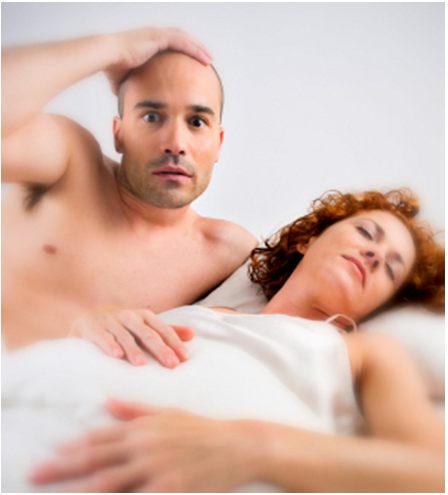 Those with active sex lives are not the only ones suffering from hair miniaturization who try and find a reasonable excuse for their predicament. Often times the person’s partner is blamed, stressful situations, bad relations, or significant changes in their lives. When viewing the issue realistically, time, genetics, and gender, are the only true contributing factors to permanent hair loss. Other environmental factors merely accelerate the speed of the genetically predisposed hair loss. Individuals who are not genetically prone to balding may lose hair because of stress or trauma, but only for a time once the stressor is gone. For people prone to hair loss, once it’s gone it is gone. That is when other options such as hair restoration is needed. Those with active sex lives are not the only ones suffering from hair miniaturization who try and find a reasonable excuse for their predicament. Often times the person’s partner is blamed, stressful situations, bad relations, or significant changes in their lives. When viewing the issue realistically, time, genetics, and gender, are the only true contributing factors to permanent hair loss. Other environmental factors merely accelerate the speed of the genetically predisposed hair loss. Individuals who are not genetically prone to balding may lose hair because of stress or trauma, but only for a time once the stressor is gone. For people prone to hair loss, once it’s gone it is gone. That is when other options such as hair restoration is needed.
Tags: reasons for hairloss, Sex and Hair Loss
Posted in hair loss complications, Hair Loss Conditions, Hair Loss Conversations | 1 Comment »
Tuesday, February 21st, 2012
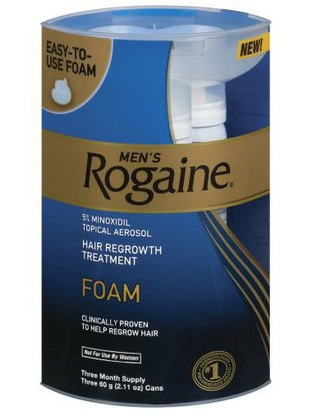 We receive a lot of questions at US Hair Restoration about the use of Minoxidil (Rogaine), and how it affects hair growth after a hair transplant procedure. There are mixed reviews people find on the internet through different websites and blogs about the Foam version of Rogaine. Some say it helps hair growth, others say it hinders, while some claim it does absolutely nothing. We receive a lot of questions at US Hair Restoration about the use of Minoxidil (Rogaine), and how it affects hair growth after a hair transplant procedure. There are mixed reviews people find on the internet through different websites and blogs about the Foam version of Rogaine. Some say it helps hair growth, others say it hinders, while some claim it does absolutely nothing.
Minoxidil (Rogaine) may be used after a hair transplantation on the newly transplanted area, for protecting the already existing hairs which are genetically predisposed to thinning. The hair grafts which are actually transplanted from the donor area require no medication for growth and maintain a permanent residence in the balding area. Those are the healthy hairs which are not affected by the hormone DHT (Dehydrotestosterone) which causes thinning and baldness.
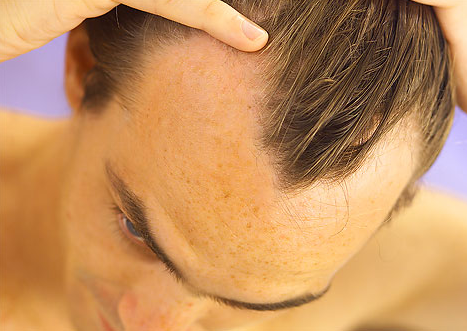 There may be some loss of existing native hair in the balding area due to shock loss, and for this we recommend Propecia for male patients to protect against. Propecia is proven to work better then Rogaine for the prevention of shock loss in men, and continues to have remarkable results in the patients who use the medication as directed. Unfortunately it does not work on women, but in these cases Rogaine does work and is a recommend option for the first few months after hair restoration surgery. There may be some loss of existing native hair in the balding area due to shock loss, and for this we recommend Propecia for male patients to protect against. Propecia is proven to work better then Rogaine for the prevention of shock loss in men, and continues to have remarkable results in the patients who use the medication as directed. Unfortunately it does not work on women, but in these cases Rogaine does work and is a recommend option for the first few months after hair restoration surgery.
Tags: female hair loss, finasteride, Male Hair Loss, minoxidil, propecia, rogaine, shock loss
Posted in after hair transplant, hair loss complications, hair loss medication, men hair restoration, women hair loss | No Comments »
Monday, February 6th, 2012
The method of using hair from other parts of the body to be placed into the scalp has been used for several years now. The Unfortunate thing is the change which occurs in the life cycle of body hair makes body hair the last option for scalp hair restoration. Body hair tends to have a long resting phase and short growth phase, meaning the majority of the hair which was transplanted will stay in the resting phase and have no visible hair growth.
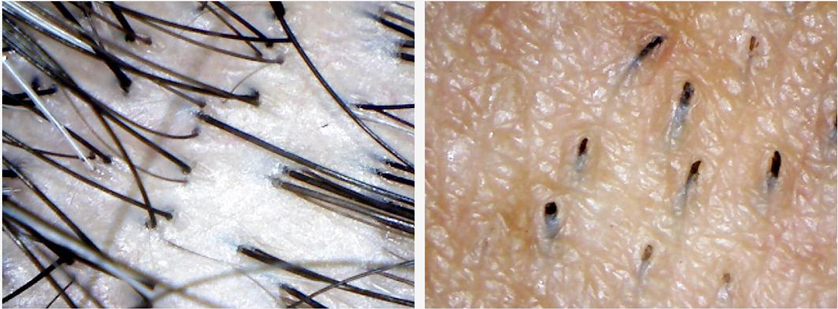
When seeing a side-by-side comparison of the scalp hair (left) vs. the facial hair (right), there is an obvious difference in the density of hair on the surface area and the average number of hairs in each follicular unit. Scalp hair is denser with more hair per grafts (over 2-4 hair/graft) while beard hair has less density with fewer hair per grafts (1-2 hair/graft)
On the other hand, mustache and beard hair has a shorter resting phase and longer growth phase. Because of this, men can grow their facial hair very long. For most people, facial hair is much thicker than scalp hair. Thicker hair could be translated as more bulk of hair after hair transplantation. Both thicker hair shafts and longer growth phase make beard hair a better option for scalp hair restoration in comparison to body hair transplant from other areas.
Unfortunately, there are two issues with beard hair restoration. The first is the fact they are very sparse, and removing hair only needs to be done through a strip procedure. The second regarding using facial hair for scalp transplant is follicular units found on the face have a fewer number of hairs per unit, which means there is less hair per grafts removed with FUE techniques.
Beard transplants are gaining popularity annually, and the newest technology in hair transplantation allows for hair loss doctors to use scalp hair for transplanting to the balding area in people which do not have good quality facial hair. Modern technology continues to advance the art and science of hair restoration further into new realms of possibilities, with an large annual growth reported yearly.
Tags: body hair transplant, Facial Hair Transplant, hair grafts
Posted in hair transplant, Hair Transplant Procedure | No Comments »
Friday, January 20th, 2012
The fact is, we are genetically predisposed in many ways. Our physical makeup may favor one parent over another, but as we become more acquainted with different family members on both sides, we start to find common traits with various members from our families. Though one parental side may be more dominate over the other, our hair and the loss thereof, to a significant point, is also hereditary.
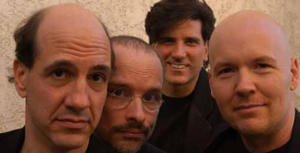
Perhaps you know someone who in their teens or early twenties started to experience thinning hair, the odds are the culprit is hidden in that complex of genetic code we call our ‘family tree.’
Hereditary hair loss is characterized by:
• Progressive miniaturization of hair follicles
• Shortening of the hair’s growth cycle
• The growth phase decreases
• Hair becomes thinner and shorter
• Eventually, the graft ceases to exist.
Modern Advances in hair restoration have made male-pattern and female-pattern androgenetic alopecia very treatable. Many men and women have enhanced their self image and esteem through successful hair restoration under the guidance of a highly skilled and qualified hair restoration medical doctor. MPB and FPB are common and today’s medical professionals have been paying attention the result being that both surgical and medical hair loss treatments have high rates of success.
Because hereditary hair loss is gradual, the sooner treatment is started, the better the chances of results. Checking your family tree to see if you have a possible genetic predisposition to hair loss might help you recognize the symptoms early enough to slow the progression.
Tags: alopecia, family history, Genetic Predispositions, hereditary hair loss
Posted in General Information, Hair Loss Conditions, Hair Loss Conversations, women hair loss | No Comments »
Wednesday, January 4th, 2012
At US Hair Restoration we are beginning a new Webinar series that allows for patients and onlookers to connect with Dr. Parsa Mohebi and ask any hair loss questions they may have directly. Each webinar will focus on different topics like “Why does balding actually happens” and “Breakthrough technology in Hair Restoration.” Each webinar will be equipped with a time of introduction, informative conversation about hair loss, hair restoration, latest techniques of hair restoration, and much more. There will also be a Q & A time which may include special incentives for those who are interested in a hair loss consultation and hair transplantation.
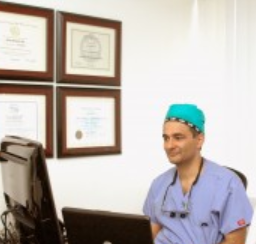 We are excited at having this time for answering the many different questions given by people who want more knowledge about the art and science of hair restoration, as well as those who simply want to know what they can personally gain from hair restoration. We constantly receive hair loss and hair restoration questions which come to US Hair Restoration and get answered over the phone, email, or through our blog. In spite of these available resources, many feel they don’t have answers for their questions. This hair restoration webinar series will give place for those questions to be answered in an open forum where Dr. Mohebi is available to answer all the questions himself. This is a great way to start the New Year off with an innovative, more personal way to connect to individuals. We are excited at having this time for answering the many different questions given by people who want more knowledge about the art and science of hair restoration, as well as those who simply want to know what they can personally gain from hair restoration. We constantly receive hair loss and hair restoration questions which come to US Hair Restoration and get answered over the phone, email, or through our blog. In spite of these available resources, many feel they don’t have answers for their questions. This hair restoration webinar series will give place for those questions to be answered in an open forum where Dr. Mohebi is available to answer all the questions himself. This is a great way to start the New Year off with an innovative, more personal way to connect to individuals.
January 9th, 2012 at 6 PM (PST) is when our first Webinar begins. We are excited to expand the ways we can stay in touch with everyone and hope to see you all there!!Spaces are limited, and on a first come, first serve basis. Contact us at Webinar@ushairrestoration.com or call us at (888) 302-8747 and we will be happy to add you to the fun!!
Tags: Dr. Parsa Mohebi, Hair Loss Conversations, us hair restoration, Webinar
Posted in Hair Loss Conversations, Hair Loss Webinar | No Comments »
|
|


 Last season saw the launch of a series of webinars meant to educate those interested in the science and art of hair restoration, as well as personally connect with
Last season saw the launch of a series of webinars meant to educate those interested in the science and art of hair restoration, as well as personally connect with 






 We are excited at having this time for answering the many different questions given by people who want more knowledge about the art and science of hair restoration, as well as those who simply want to know what they can personally gain from hair restoration. We constantly receive hair loss and hair restoration questions which come to US Hair Restoration and get answered over the phone, email, or through our blog. In spite of these available resources, many feel they don’t have answers for their questions. This hair restoration webinar series will give place for those questions to be answered in an open forum where Dr. Mohebi is available to answer all the questions himself. This is a great way to start the New Year off with an innovative, more personal way to connect to individuals.
We are excited at having this time for answering the many different questions given by people who want more knowledge about the art and science of hair restoration, as well as those who simply want to know what they can personally gain from hair restoration. We constantly receive hair loss and hair restoration questions which come to US Hair Restoration and get answered over the phone, email, or through our blog. In spite of these available resources, many feel they don’t have answers for their questions. This hair restoration webinar series will give place for those questions to be answered in an open forum where Dr. Mohebi is available to answer all the questions himself. This is a great way to start the New Year off with an innovative, more personal way to connect to individuals.